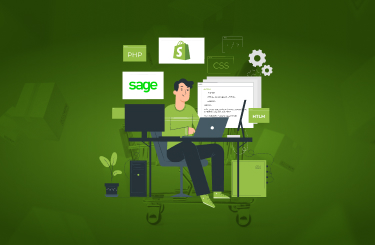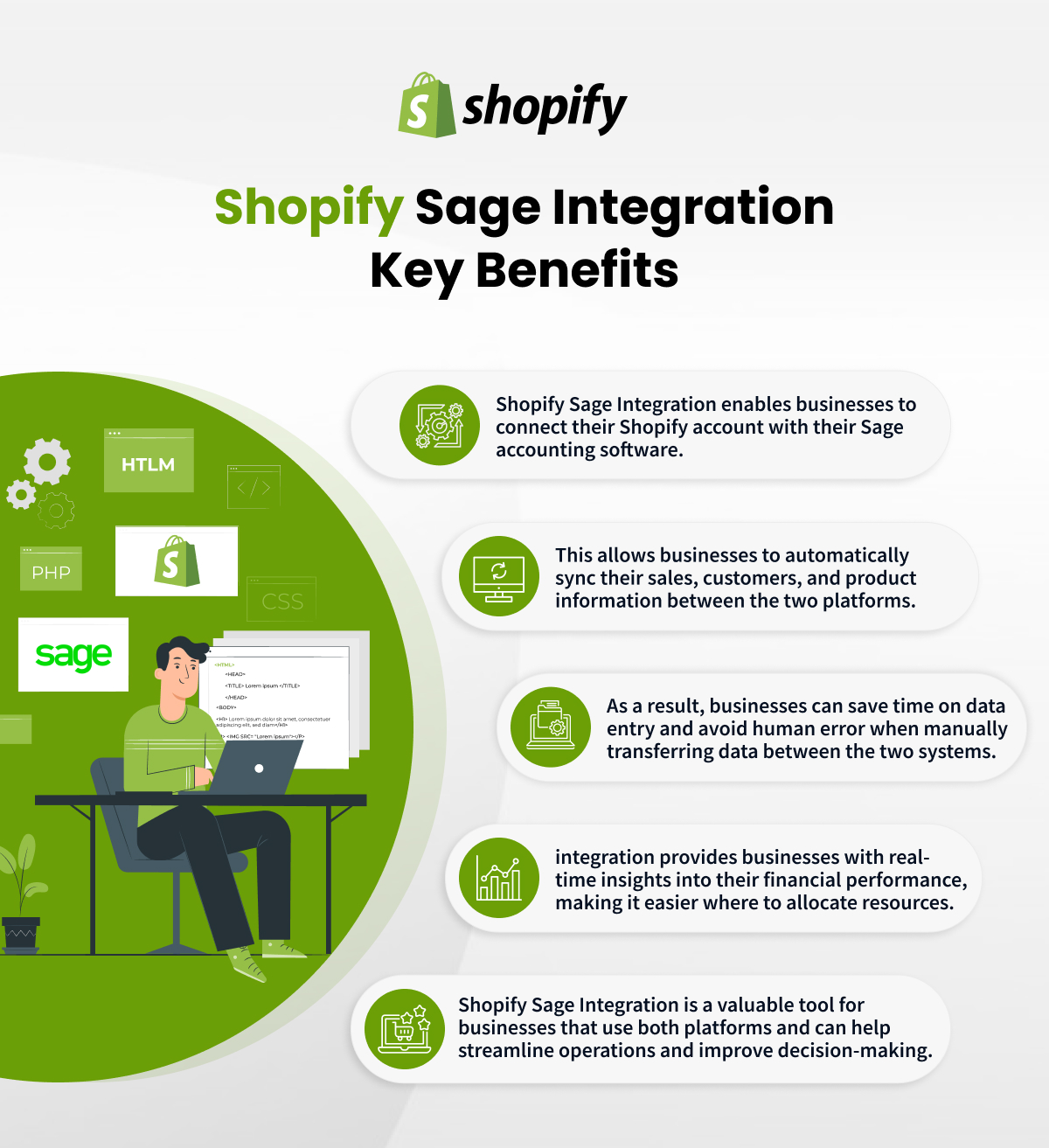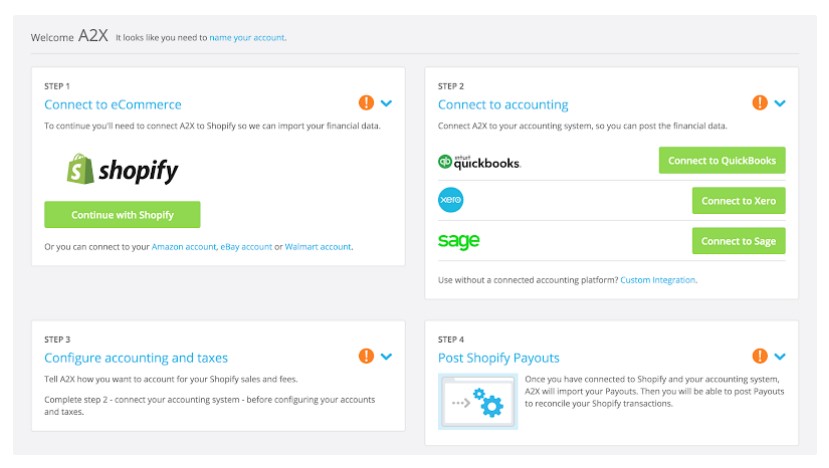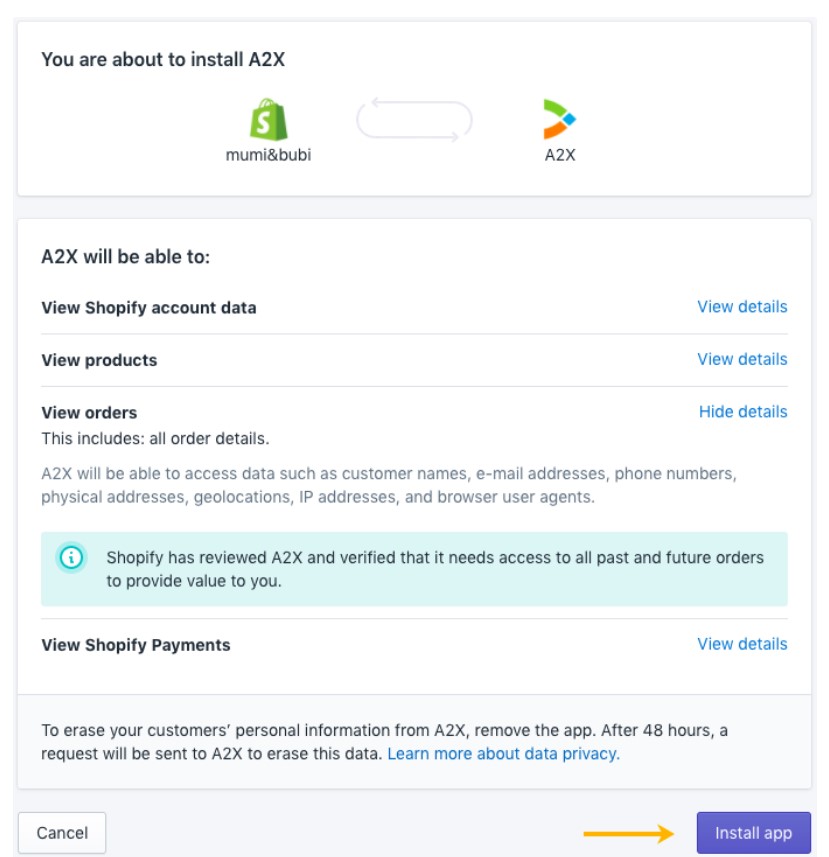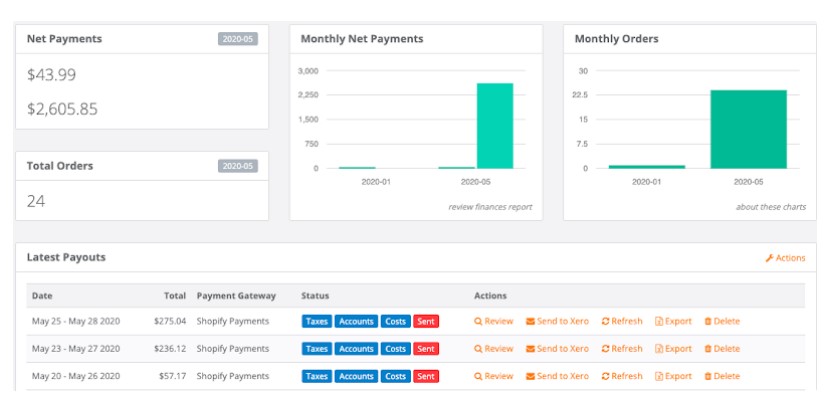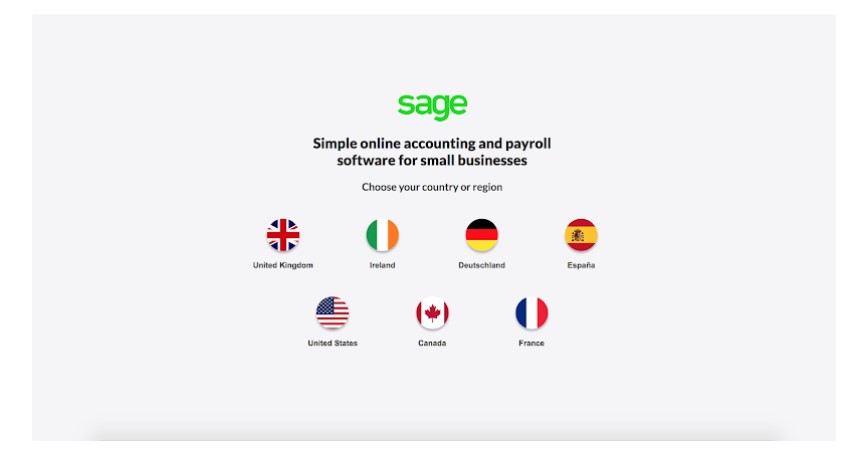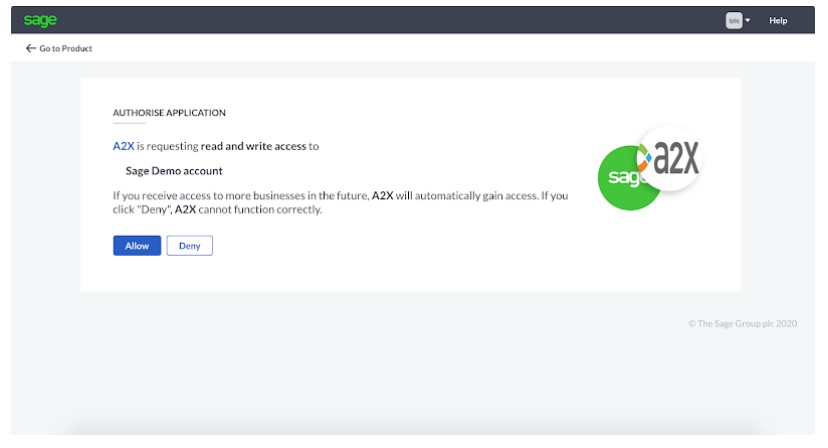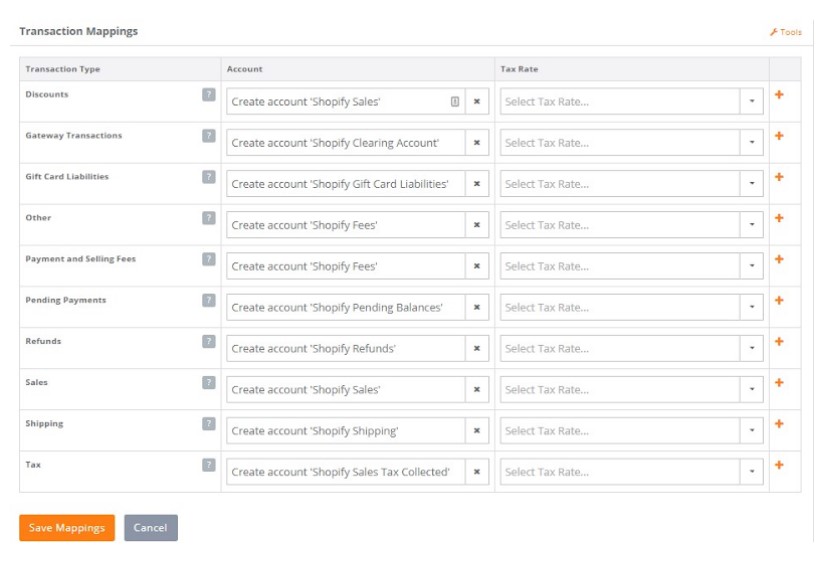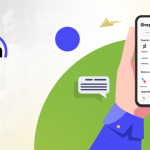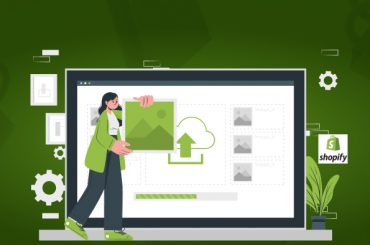How Does Shopify Integrate With Sage in 2024
Last Updated | July 12, 2024
Table of Contents
Sage ERP is the lifeline of your business. The quality of the data it contains impacts almost every department, including marketing, sales, finance, and operations. So it’s essential that your team has control over when, how, and what data they enter and leave Sage, especially when it comes to Shopify’s online orders and customers. One way to control the flow of data is through automation and integration.
WHAT IS SHOPIFY SAGE INTEGRATION?
First, what do we mean by integration? Software integration maps data movement between Shopify and Sage. Data mapping allows you to automate core processes such as order fulfillment, inventory count updates, price updates, and financial reporting. Automation eliminates the need to enter data between the two systems manually, reduces data processing time, and always ensures data consistency like transferring the correct shipping address.
Integration makes your company more efficient. Employees aren’t dedicated to manual data entry but can still work on meaningful tasks. The data is also consistent. You can actually guarantee a delivery time of 2 days. Avoid overselling (or underselling) and view real-time inventory levels. The right product can be delivered to the correct address every time. In short, if your operations are consistent, your customers can expect a consistent experience from your brand. The Shopify and Sage integration benefits both operations and customers.
Shopify Sage 100 Integration- HOW DOES IT WORK?
Folio3 for Shopify creates an automated, real-time, two-way data exchange between your Shopify store and Sage 300 software. This eliminates data re-entry and reduces costly errors. Plus, with automated integrations, you can exercise multiple touchpoints to optimize your eCommerce business.
The goal of integration is to understand how each system sends and receives data in various fields and map the data accordingly. Additionally, your data flow should also reflect your unique business needs. Most retailers want to synchronize inventory updates. However, you may want the inventory update to run only every Thursday at midnight. It would help if you considered this logic. Integration projects can be very frustrating if the system or requirements are not well understood from the start, and you may not get the solution you need. As always, you are picking the right solution the first time is more manageable.
WHAT ARE THE BENEFITS OF USING SHOPIFY SAGE INTEGRATION
How shopify sage 50 integration/shopify sage 200 integration/shopify sage x3 integration/shopify sage 300 integration/shopify sage one integration Work
The most common benefits achieved by integrating Shopify with Sage 100, 200, or 300 ERP business software include:
- Eliminate manual data entry and avoid costly mistakes
- Improve customer service efficiency
- Turnkey integration reduces deployment downtime.
- Advice and training on how to use the bridge.
- A summary journal entry shows the breakdown of bank deposits without disrupting your accounting system.
- Accounts are organized using an accrual method, allowing cash flow to be spread over several months. This means you can see an accurate picture of your business and make informed financial decisions. Payments are reconciled, so reconciliation consists simply of reviewing these reconciliations in your accounting software.
- Accounts and taxes are mapped once and transferred automatically every time – just set it and forget it.
- Accurate accounts with no leftovers. Eliminate the risk of human error in manual calculations and rely on computers designed for repetitive tasks.
- Improved customer service means more chances of scalability.
- Enchaned employee productivity
TOP FEATURES OF THE SHOPIFY SAGE INTEGRATION APP
Since you’re considering using Sage for your Shopify store or have already signed up, you’re probably aware of some of the features of cloud accounting software. But let’s summarize some basics and things you may not know:
- Bi-directional real-time data integration.
- Shopify Realtime Sync:
- Customer information
- Inventory information
- Fulfillment process data.
WHAT IS PRE-BUILT INTEGRATION FOR SHOPIFY WITH SAGE, AND HOW DOES IT WORKS
The NetSuite Connector provides a seamless connection between Shopify and Sage and sits among your Shopify shop and Sage account. To connect the three, we must observe some easy steps.
Read Also Best Accounting Software
First up, let’s sign on for the Connector.
- Go to A2X for Shopify to begin your unfastened trial.
- Click “Try A2X for Free“.
- You can create your new account through Google (additionally Intuit or Xero).
- Once you’ve entered your information and created a brand new account, you must be directed to a dashboard like this:
Now, let’s join Shopify.
- Select “Continue with Shopify“.
- Input the name of your store and click ““
You will be directed to a web page like this to furnish permission for the connection:
- Click “Install app” to furnish permission. And next, you will be dispatched to your dashboard in which Shopify transactions will and the app be visible and will look something like this:
Next up, we need to connect with Sage.
- Return to this display screen and click “Connect to Sage”:
2. Once you confirm you want to connect with Sage, you’ll be requested to pick out your region:
3. You will be sent to a Sage login web page. Input your information, and this has to be your subsequent display screen:
4. You may also see a pop-up approximately allowing multi-currency – and then you’ll be returned on your dashboard:
Lastly: Accounts and Tax Mapping.
This is a non-obligatory step; however, using this feature, all of your Shopify transactions might be coded robotically in Sage, making your reconciliation technique even quicker.
To get commence mapping, observe the following steps:
- Navigate to Accounts and Taxes:
- The Connector can create an account for you, simply fill within side the line gadgets and pick out “Save Mappings”:
3. You can get admission to your numerous money owed with the aid of using clicking the “x” to open up a drop-down menu of options:
HOW TO SET UP SHOPIFY SAGE INTEGRATION
Let’s start with the Customer Synchronization
- Create a new account in Shopify.
- Provide all the contact details regarding that customer (first and last name, email address, contact information, phone number)
- Set up a unique password.
- Once you’ve created the account, go to the address part and add both (different billing address and shipping address.) Add details (Zip code, company name, city, country)
- After adding both addresses, go to the “Apps Connect Agent Section.”
- Here, it will request you to install a light weighted software where all the data integration takes place.
- After installing, enter the credentials previously used in the cloud portal.
- Go to sync pocket and find the connection,
- Here you can see Shopify to Sage integration points.
- Before synchronizing the customer, you must trigger this particular customer to add an integration point. So after synchronizing the data, you can see that the synchronization failed or succeeded in the recent bucket.
- If it fails, then the detail regarding that failure will be available in the lock file. So there are two types of trigger buttons like manual and auto.You can make it auto also for that you have to set a particular time.
- But after that particular time, the synchronization can be done automatically.
- You can find the details in sync bucket
Now, Let’s Go To The Sage Part
- Go to the account receivable section here, you can find there is your customers and find the customer by its name.
- Once you find all the details of the customer account you created, that means synchronization has been done successfully.
NEED A LITTLE EXTRA HELP?
Depending on your business needs and priorities, we can tailor your technology stack to help you achieve an eCommerce advantage. Folio3 is a top Shopify custom theme development agency that can cater to all your Shopify needs, from Shopify Webdesign solutions and Shopify integration to Shopify theme development and customization of your theme precisely like you want.
FAQs
Does Shopify integrate with Sage?
Yes, Shopify can integrate with Sage using third-party applications and integration tools. These integrations streamline the process of managing financial data and inventory, making it easier for businesses to handle their accounting needs.
Who does Shopify integrate with?
Shopify integrates with a wide range of third-party applications and services, including payment gateways like PayPal and Stripe, marketing tools like Mailchimp and Google Analytics, shipping carriers like UPS and FedEx, as well as numerous accounting, CRM, and inventory management systems.
Can I integrate my app with Shopify?
Yes, you can integrate your app with Shopify through the Shopify API. By utilizing the API, developers can create custom integrations that enhance the functionality of their stores, streamline operations, and provide a seamless user experience.
Can Shopify integrate with any website?
While Shopify cannot directly integrate with every website, it does offer extensive API and app solutions that allow for a high degree of customization and integration. This means most websites and services can be linked to Shopify through custom development efforts or existing plugins and apps.
What accounting system does Shopify use?
Shopify does not have its own in-built accounting system but offers integrations with popular accounting platforms like QuickBooks, Xero, and Sage. These integrations help merchants synchronize their sales data and manage their accounts efficiently.
Can you use Shopify as an accounting software?
No, Shopify is not designed to function as full-fledged accounting software. However, its integrations with various accounting systems and tools enable businesses to manage their financials effectively while using Shopify for their ecommerce needs.

